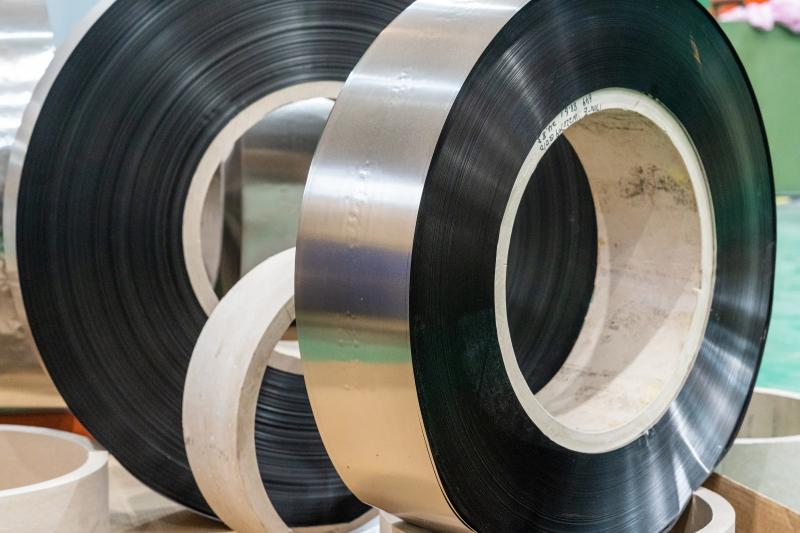
Don't be fooled by the technical names! Here's the simple truth: Grain-oriented silicon steel is "disciplined" - it has a clear magnetic direction, making it perfect for transformers. Non-oriented silicon steel is "versatile" - equally efficient in all directions, which is why motors love it!

Quick Guide to the Differences:
1. Different Structures
Grain-oriented silicon steel: Crystals align in one direction like an orderly queue → high magnetic permeability, low core loss
Non-oriented silicon steel: Crystals scatter randomly like a crowd → balanced performance in all directions

2. Silicon Content
Grain-oriented: High silicon content (>3%) with added "inhibitors"
Non-oriented: Lower silicon content (0.5%~3%), simpler production process
3. Main Applications
Grain-oriented: Ideal for transformers (especially high-voltage, large energy-efficient transformers)
Non-oriented: Used in motors, generators, AC compressors, and vehicle drive motors
4. Differences in Cold-Rolled Products
Cold-rolled grain-oriented: High-performance, smooth surface, strong magnetism, complex manufacturing (includes advanced Hi-B versions)
Cold-rolled non-oriented: Practical choice, stable dimensions, attractive surface, high filling factor

Motors rely on "non-oriented" steel, while transformers depend on "oriented" steel. Understand this, and you'll never get lost!
Live streaming VR exhibition 5G technology
2020-09-10China Terminates AD review on GCNS’s stainless steel billet & HRC
2021-11-23HWHG successfully signed the HuiShan project
2023-12-08The Center Of Attention--Hongwang Black Ti Series
2023-07-10The first roll of Fujian Hongwang's 400 series products was officially put into the production line.
2023-05-16HONGWANG SS304 BA SURFACE,SO BRIGHT!
2022-08-18






